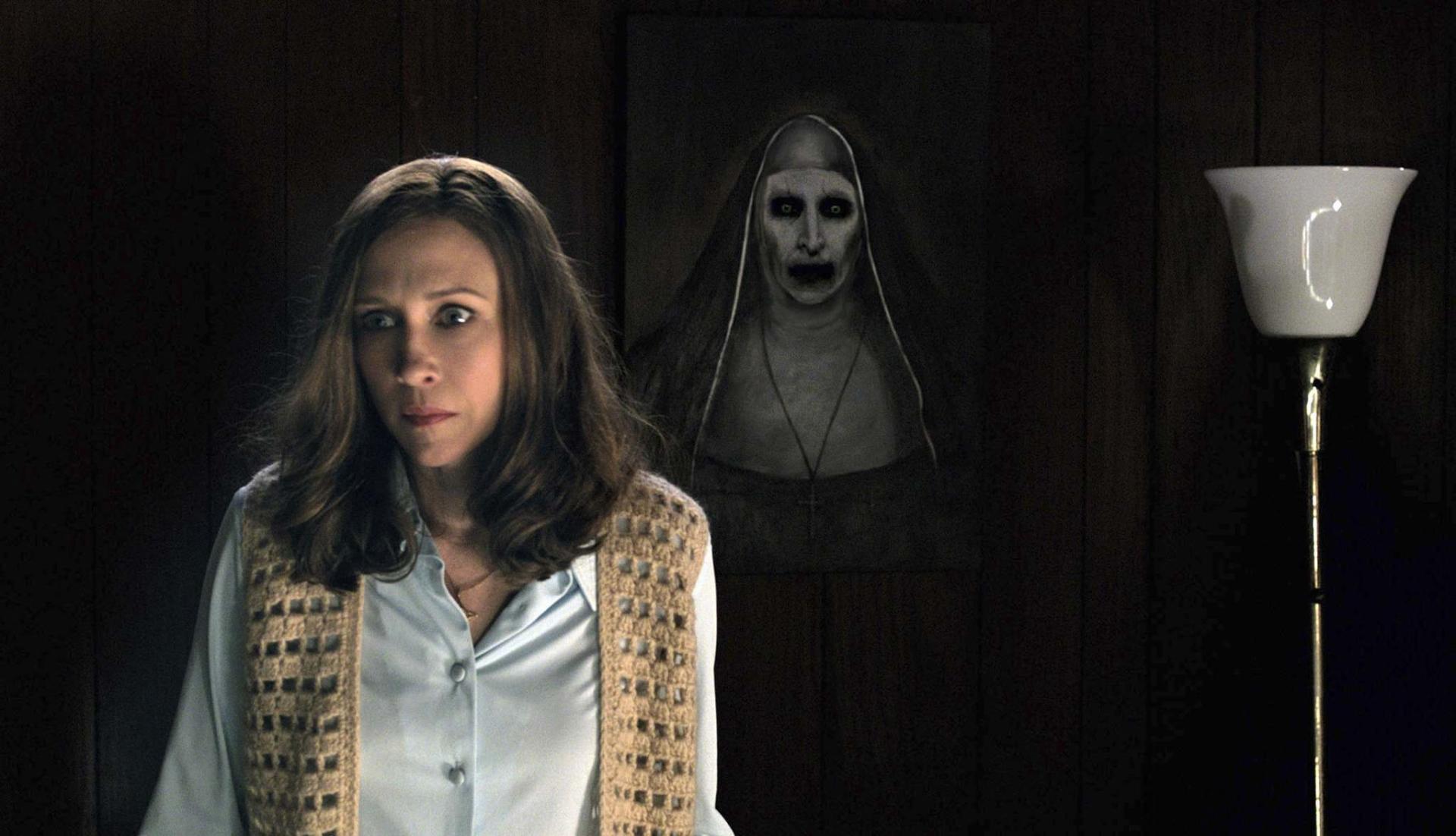
.png)
Also, John wants to own and operate a vineyard. The narrator is a white Northerner named John who has come to the South because his white wife, named Annie, is in poor health and requires a warmer climate. The stories in The Conjure Woman all share the same frame narrative and dueling voices. But I can't write about those people, or rather I won't write about them." List of stories įirst edition title page for The Conjure Woman (1899) whose virtues have been given to the world in the magazine press recently, have been blacks, full-blooded, and their chief virtues have been their dog-like fidelity to their old master, for whom they have been willing to sacrifice almost life itself. In an 1890 letter to his mentor, the Southern novelist George Washington Cable, Chesnutt explained his intent to subvert the popular image of the Negro in literary magazines, saying that "all of the many Negroes. One friend wrote a "chiding" letter to the editor of the Atlanta Constitution, that published a favorable review of the book, accompanied by a portrait of Chesnutt to prove his race. saw to it that the fact was not overlooked".

Chesnutt said that he preferred to be neither heralded or shunned on the basis of his color, but that his "colored friends. Houghton Mifflin did not note Chesnutt's race when announcing and advertising the publication of The Conjure Woman. Over the next two months, Chesnutt wrote six additional stories, four of which were selected by Page and other editors at Houghton Mifflin to appear in The Conjure Woman, including "Mars Jeems's Nightmare", "Sis' Becky's Pickaninny", "The Gray Wolf's Ha'nt", and "Hot-Foot Hannibal".

In March of 1898, Page wrote Chesnutt to inform him that Houghton Mifflin would consider publishing a short-story collection with "the same original quality" as "The Goophered Grapevine" and "Po' Sandy". The stories were "Po' Sandy" published in The Atlantic Monthly in 1888, and "The Conjurer's Revenge" published in Overland Monthly in June 1889. Page asked Chesnutt to forward some of his writing, which was the beginning of a multiple-year correspondence between the two.Ĭhesnutt wrote three more of the stories between 18 he called "Conjure Tales", two of which would eventually appear in The Conjure Woman. Later that year, Chesnutt traveled to Boston and met with Walter Hines Page, an editor at the Houghton Mifflin Company. Chesnutt wrote the collection's first story, "The Goophered Grapevine", in 1887 and published it in The Atlantic Monthly.


 0 kommentar(er)
0 kommentar(er)
